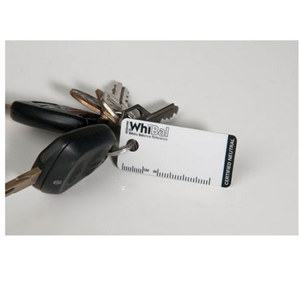Hello folks,
I recently set my white balance using a new grey card. After that all my pictures seem to have a red tint to them.
I'm using a Canon 600D with Elinchrom flash units and a Mennon grey card.
Before using the grey card i just used a piece of paper for setting white ballance. Seems like i get pretty much identical results with paper and the grey card. - When using the paper I manually added blue in the camera settings to compensate for the red tint. - looks like I have to do the same when using the grey card (somehow makes sense )
)
When I open the files with the grey card in it and hold my eyedropper on it in photoshop, the color in the card is perfect grey (identical RGB values) - but everything looks reddish???
Just calibrated my screen with no improvement.
Same result on 3 different cameras and different monitors.
Any ideas? Does the background have a red tint or is the balance off?
I recently set my white balance using a new grey card. After that all my pictures seem to have a red tint to them.
I'm using a Canon 600D with Elinchrom flash units and a Mennon grey card.
Before using the grey card i just used a piece of paper for setting white ballance. Seems like i get pretty much identical results with paper and the grey card. - When using the paper I manually added blue in the camera settings to compensate for the red tint. - looks like I have to do the same when using the grey card (somehow makes sense
When I open the files with the grey card in it and hold my eyedropper on it in photoshop, the color in the card is perfect grey (identical RGB values) - but everything looks reddish???
Just calibrated my screen with no improvement.
Same result on 3 different cameras and different monitors.
Any ideas? Does the background have a red tint or is the balance off?



